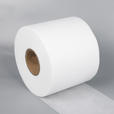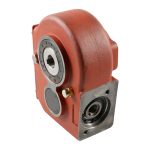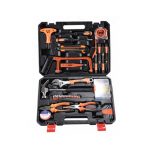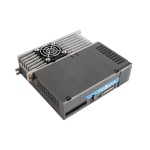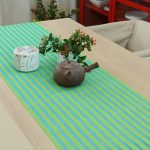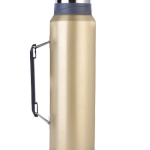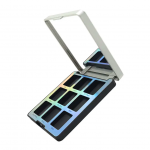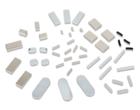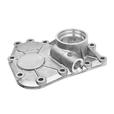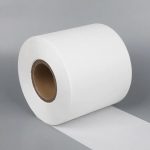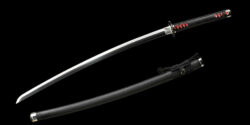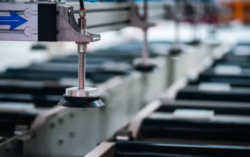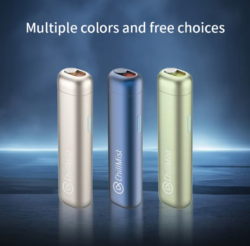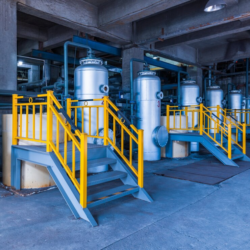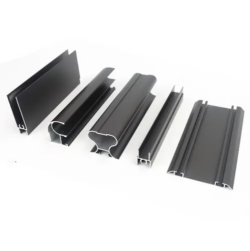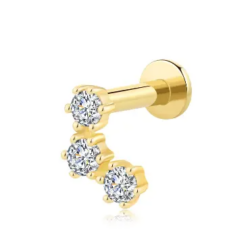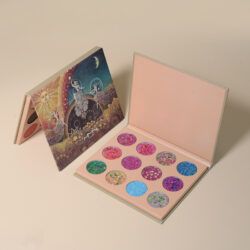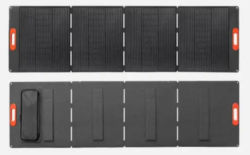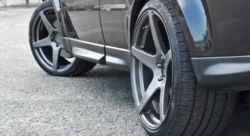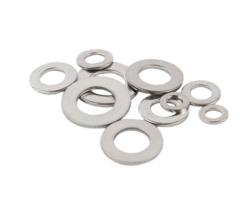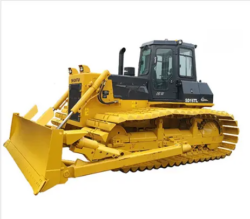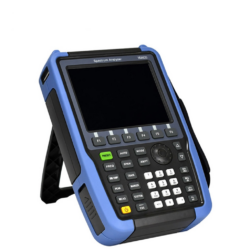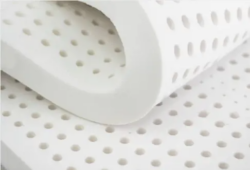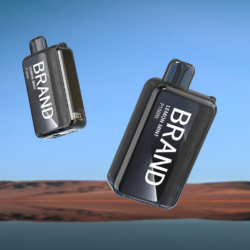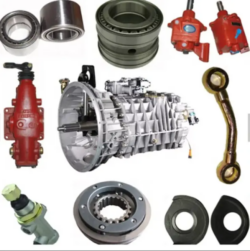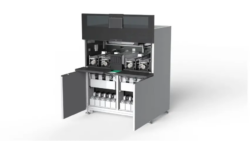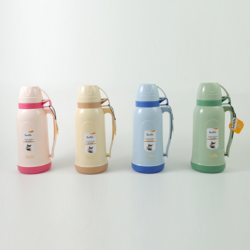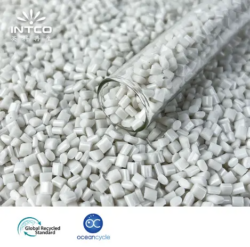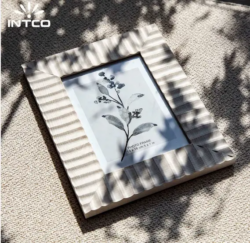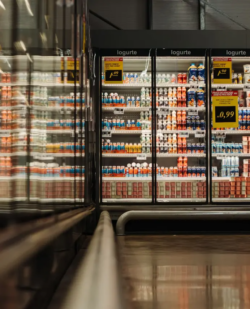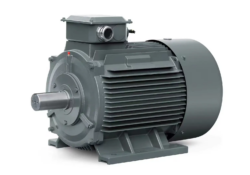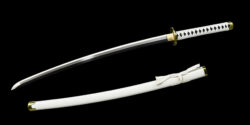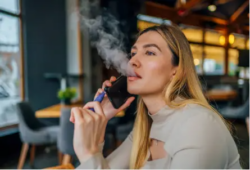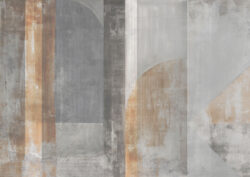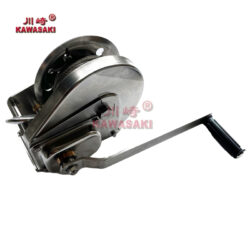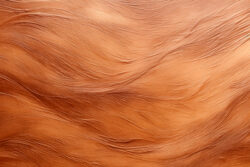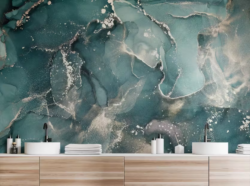Advancements in PE Breathable Film Technology: A Comprehensive Overview
Introduction
PE Breathable Film, also known as polyethylene breathable film, is a versatile material that has found a wide range of applications across various industries. This innovative film is characterized by its ability to allow the passage of air and moisture while providing a barrier against liquids and contaminants. In recent years, there have been significant advancements in PE breathable film technology, leading to improved performance and expanded applications. This article aims to provide a comprehensive overview of PE breathable film, its properties, manufacturing processes, and diverse applications.
Properties of PE Breathable Film
PE breathable films exhibit several key properties that make them highly desirable in various applications:
Breathability: One of the primary characteristics of PE breathable film is its ability to allow the exchange of air and moisture. This property makes it suitable for applications where breathability is essential, such as in the medical, hygiene, and agriculture sectors.
Liquid Barrier: PE breathable films are effective barriers against liquids, preventing the penetration of water, oils, and other fluids. This property is crucial in applications where protection from moisture or contaminants is required.Flexibility: These films are typically flexible and can conform to different shapes and contours, making them versatile for use in various product designs.Tear Resistance: PE breathable films are known for their tear resistance, ensuring that they remain intact even in challenging conditions.
Manufacturing Processes
The manufacturing of PE breathable films involves specialized processes designed to control the film’s breathability and other properties. Some common manufacturing methods include:Extrusion: In this process, polyethylene resin is melted and then extruded through a die to form a thin film. During extrusion, micropores or perforations are created in the film to allow for breathability. The size and density of these pores can be controlled to meet specific requirements.Coating: Another method involves coating a base polyethylene film with breathable materials, such as microporous coatings or hydrophilic polymers. This coating process allows for precise control over the film’s breathability and liquid barrier properties.
Applications of PE Breathable Film
PE breathable films find applications in a wide range of industries, including:Medical and Healthcare: PE breathable films are used in the manufacturing of surgical drapes, gowns, wound dressings, and disposable healthcare products. Their breathability helps maintain a sterile environment while preventing liquid penetration.Hygiene Products: Breathable films are integral components of diapers, adult incontinence products, and feminine hygiene products. They provide comfort and prevent moisture build-up.Agriculture: In agriculture, PE breathable films are used as greenhouse covers, ground covers, and mulch films.
They promote proper aeration and moisture management for crops.Packaging: PE breathable films are employed in food packaging to extend the shelf life of fresh produce. They allow gases to escape while maintaining a protective barrier against external contaminants.Apparel: Sports and outdoor apparel benefit from the breathability of PE films, ensuring comfort during physical activities while repelling moisture.Construction: These films are used as underlayment materials for roofing and wall systems to manage moisture within building structures.Automotive: In the automotive industry, PE breathable films are used as airbag cushioning materials, ensuring the timely deployment of airbags during accidents.
Future Trends and Sustainability
The PE breathable film industry continues to evolve, with ongoing research and development efforts focused on enhancing film performance, sustainability, and recyclability. Future trends in the industry may include:Sustainable Materials: The development of biodegradable and eco-friendly breathable films to reduce environmental impact.Enhanced Barrier Properties: Improvements in liquid barrier properties to expand applications in demanding environments.Customization: Tailoring film properties to meet specific industry needs, such as medical-grade films with exceptional breathability and barrier properties.Recycling Initiatives: Increasing efforts to recycle and repurpose PE breathable films to reduce waste.
Conclusion
PE breathable films have become indispensable materials in various industries due to their unique combination of breathability, liquid barrier properties, flexibility, and tear resistance. As technology continues to advance, these films are expected to find even broader applications, while also becoming more sustainable and environmentally friendly. Keeping pace with these developments will be essential for industries and consumers alike, as PE breathable films continue to shape our modern world.
